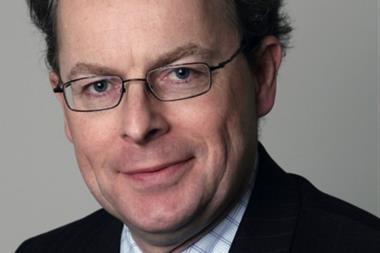Europe’s market for occupational and
private pensions should more than
double to €16.4trn in 2015 from
around €7.4trn currently, as governments
promote greater reliance on second-
and third-pillar pensions, according
to a new study by Allianz Global
Investors (AGI).
The AGI study said that of the estimated
€9trn in new pension assets by
2015, no less than 80% would be concentrated
in France, Germany and Italy
alone. France would, in turn, claim the
greatest share of these assets, followed
by Germany and Italy, it said.
In Germany, where the lion’s share of
corporate pension liabilities are funded
by book reserves, the AGI study noted
that the creation of contractural trust
arrangements (CTAs) were booming. It
estimated that at the end of 2004, CTAs
accounted for €50bn in pension assets.
Under a CTA, pensions liabilities in the
form of book reserves are removed from
a company’s balance sheet and consolidated
into a legal arrangement backed
by liquid assets. While expensive to
build, CTAs are regarded by international
rating agencies as an effective
way of fully funding pension liabilities.
The AGI study also observed that amid
an ever-greying Europe, governments
had no choice but to “roll back the generosity
of state pension schemes, as otherwise
these schemes will collapse
under the weight of demographics”.
To illustrate its point, the study said
the share of people over 65 in both Italy
and Spain would increase to 55% of their
populations by 2055 from a respective
28% and 25% now. Even in Germany,
people over 65 would total 50.5% of the
population by 2050 compared with
26.6% currently, it said.
Unfortunately for European pension
schemes, AGI’s study had few encouraging
things to say about their finances.
Following the equity crash of 2000-
2002, the study estimated that on average,
a European scheme’s assets covered
just 80% of liabilities currently.
“Longer life expectancy among pensioners,
weak returns on capital markets
and tighter accounting standards will
only serve to aggravate this problem
going forward,” the study added.










No comments yet